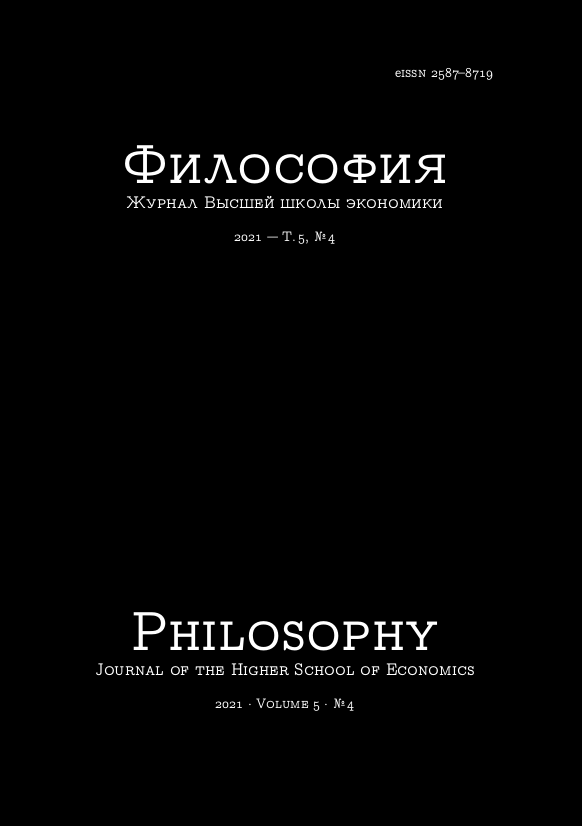“Bobok” as a Mirror of Surprise
Abstract
The article considers the phenomenon, on the one hand, of a mirror, in which any thing, subject, person, first of all, is fixed in a reflection that makes it possible to observe oneself for the sake of self — understanding, on the other hand, the boundaries, mainly the boundaries between life and death, which can be crossed for the same purpose with the help of certain mental and physiological processes that affect the psycho — emotional state (in this case, sleep). Both phenomena, which seem similar, are in fact different: in one case, the emphasis is placed on contemplation, in the other — on speculation and hearing, tuned to the voice of another world. It is not by chance that Dostoevsky chose the place of the event: the cemetery as the border between life and death and the cemetery monument as a symbol of memory, where the hero “thought accordingly”. Since the hero of the story is in an inadequate state after the funeral, the theme of menippea, a seriously funny genre, appears as if by itself, especially since M. M. Bakhtin considered the story “Bobok” “one of the greatest menippe in world literature.” The author of the article considers Bakhtin's approach to the story from the standpoint of menippea justified, because he defines this genre not from the point of view of the effect it produces on the reader, but from the standpoint of the philosophy of action, which Bakhtin considered to be the true definition of this genre. The author draws attention to the “logic of turning”, or tropo-logic, on the basis of which the story is built with its oxymorons, comparisons, and irony. The story, according to the author, is characterized not by ambivalence, but by the convergence of beginnings and ends. The philosophical thought of one of the characters in the story correlates the thoughts of the living and the dead, i.e. those who are in different space-time realities, so that they seem to be embedded in each other. This similarity, which does not deprive the story of carnivalization, which always deals with duality, is internally focused on the idea of like-mindedness having one source, anticipating the question that has not yet been born about the way of modifying being in possibility into being in reality.
Downloads
Copyright (c) 2021 Philosophy. Journal of the Higher School of Economics

This work is licensed under a Creative Commons Attribution-NonCommercial 4.0 International License.






